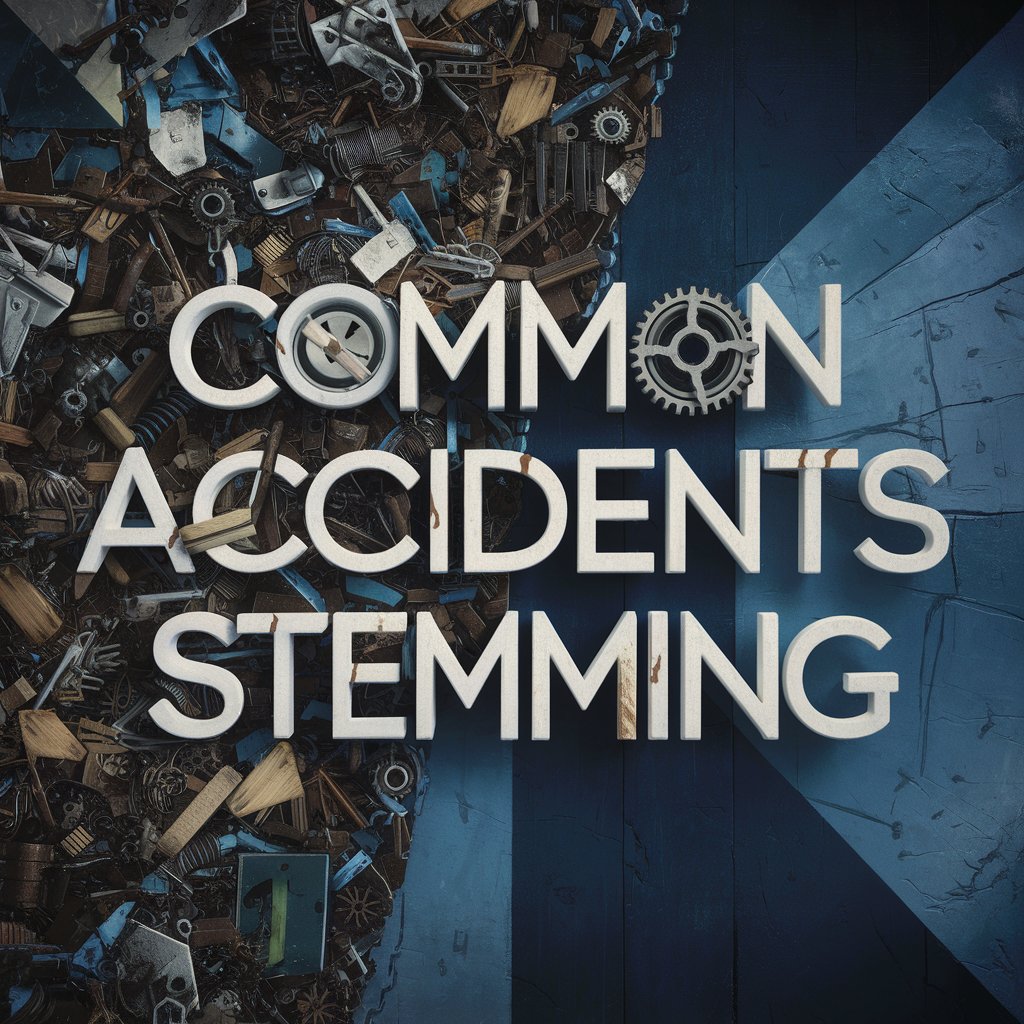Operating and maintaining safe retail spaces is a crucial responsibility for major chain retailers like Walmart. However, failure to properly maintain stores and equipment can result in hazardous conditions that lead to customer and employee accidents and injuries.
Common types of accidents that occur due to negligent maintenance at large retailers include:
Slip and Fall Accidents
Wet floors that are not cleaned up in a timely manner are some of the most common causes of slip and fall accidents in retail spaces.
A slip leads to falls, which often involve harsh impacts on flooring, shelves, displays and more. Some common injuries from slip and fall accidents include:
- Fractures and broken bones – wrists, elbows, hips and legs are especially susceptible
- Head and brain trauma – cuts, bruises, concussions
- Back injuries like herniated discs or sciatica
- Sprains and strains
- Shoulder dislocations
- In the most severe cases, fall victims have suffered traumatic brain injuries leading to long-term cognitive and mobility issues.
When floors are not actively monitored and maintained for wetness, stores neglect their responsibility to provide safe environments.
Falling Merchandise Accidents
Retail displays must be designed and installed properly to prevent falling hazards. This includes secure anchoring, weight restrictions, height precautions, and maintenance checks. If structures are overloaded or anchors fail, products displayed overhead can come crashing down on customers below.
OSHA regulations require materials stored higher than 5 feet to be secured from falling. Anything heavy stored overhead poses a major risk if not properly installed and maintained. Some consequences of poorly secured retail merchandise and materials falling from heights include:
- Blunt force trauma – cuts, bruises, gashes
- Broken bones
- Concussions
- Permanent neurological damage
- Death in extreme cases
Routine checks to ensure shelving, storage racks, and display units are securely anchored is a basic maintenance requirement. Alerting contractors immediately when units seem unstable is also critical.
Neglecting these basic duties exposes customers to severe injury risks from falling materials.
Tripping Hazards
Clutter and obstructed walkways pose tripping hazards that can also cause serious injuries in retail locations. Some common tripping dangers stemming from poor maintenance include:
- Inventory and merchandise boxes left in aisles
- Overstock carts and bins blocking walkways
- Poorly arranged low-profile shelving and displays
- Stacked pallets blocking emergency exits or paths
- Electrical and extension cords stretched across pathways
- Torn carpets and flooring that catch feet
Over time, failure to address these basic environmental hazards exposes the retailer to liability.
Malfunctioning Doors
Automatic sliding doors that do not function properly pose significant dangers. Sensor issues can cause doors to snap shut unexpectedly and strike customers entering or exiting the store. Rapidly closing doors generate immense force that can knock adults and children to the ground. Common injuries include:
- Head trauma
- Broken and dislocated bones
- Deep bruising and contusions
- Nerve damage
Doors that fail to open fully also cause customers to walk into the leading edge. Technicians need to routinely adjust sensor ranges and test door opening speeds to ensure safety. Letting issues go unaddressed shows negligence on the store’s part.
Electrical Dangers
Faulty wiring and electrical equipment can also cause severe injuries when not properly maintained in retail spaces. Some electrical risks include:
- Exposed and sparking wires
- Overloaded outlets and circuits
- Damaged power cords on equipment like vacuums and floor scrubbers
- Leaking water near electronic displays, speakers and signage
- Improperly grounded electronics
These conditions expose staff and customers to potential electrocution, shocks and burns. In the worst cases, electrical fires can ignite leading to severe smoke inhalation and property destruction as well. Ongoing electrical safety checks and outlet load monitoring is essential.
All in all, retail stores contain many environmental injury hazards if maintenance lapses over time. While managers aim to maximize profits and efficiency, safety must remain the top priority. Failure to address known risks suggests negligence should any accidents occur.
Legal Responsibility in Premises Liability Cases
When customers suffer harm in retail establishments due to unsafe premises conditions, the legal principle of “premises liability” often applies. This means the retailer owed a certain duty of care to maintain safe spaces and they may be held financially and criminally liable should accidents result from negligence.
Specifically, premises liability law requires managers to handle:
- Prompt inspection for hazards
- Active repairs of damaged structures and equipment
- Adequate warning procedures for risks that cannot be immediately fixed
- Safe design of facilities for normal traffic
- Thoughtful arrangement of merchandise and displays
- Reasonable assistance to patrons in need
For example, if improper maintenance at Walmart results in preventable serious injuries, the victim can pursue legal action and compensation.
Burden of Proof
In injury lawsuits, the plaintiff carries the initial burden of proof. To successfully hold the retail store accountable, the following details must be demonstrated:
- A hazardous condition existed on the premises like a wet floor or a blocked emergency exit
- The retailer was aware of or reasonably should have known about the safety issue
- They failed to repair the hazard, adequately warn about risks, or implement preventative measures
- This lack of appropriate maintenance directly led to the customer’s accident and subsequent harm
Common Defenses
Some defenses companies like Walmart frequently employ in injury lawsuits include:
- Open and Obvious Dangers – Argues that hazards like a caution sign near a spill would be obvious to a reasonable person exercising proper awareness. This aims to shift blame for reckless behavior. But clear risks do not void a store’s maintenance duties.
- Third-Party Interference – Claims other parties like vendors, staff, or patrons caused dangerous conditions without the retailer’s knowledge. However, stores still have a responsibility to regularly inspect for and resolve safety issues regardless of origin.
- Assumption of Risk – Asserts that by choosing to enter the premises, the plaintiff assumed responsibility for their own safety. But this only applies to known risks that are unavoidable, not hazards caused by active negligence.
- Contributory Negligence – Seeks to share the blame by alleging the plaintiff also acted carelessly and contributed to the incident. But in many states, proving partial retailer negligence still merits compensation.
- Statute of Limitations – Argues too much time has passed since the incident to take legal action. Different types of injury cases carry varied legal deadlines, some as little as 1-3 years.
- Waiver Forms – Language on signs, tickets, or waivers may warn of risks and require patrons to forfeit certain legal rights. However, broad liability waivers are often deemed unenforceable, especially if injuries stem from retailer negligence.
In many cases, these defenses simply aim to intimidate victims or limit financial liability rather than make valid legal arguments. With attorney representation, plaintiffs can counter these claims and still build a solid case if the evidence supports the existence of elements of negligence.
Key Evidence Needed
To prove liability, attorneys must gather extensive evidence placing fault on the retailer. Customers and personnel files can bolster injury claims. Useful information includes:
- Security camera footage capturing the accident in real time
- Photographs of the hazardous condition – spill, obstruction, wet floor, etc.
- Medical reports documenting the exact diagnosis and treatment protocols
- Doctor statements validating the severity and permanence of impairments
- Receipts and invoices for all accident-related costs
- Insurance paperwork indicating lack of coverage for expenses
- Employment records showing staff training and maintenance duties
- Safety audits revealing code violations or ignored issues
- Work orders and repair logs demonstrating awareness of risks
- Testimony from witnesses who can confirm long lapses in addressing hazards
- Prior incident reports of similar accidents from unfixed dangers
Compiling this evidence takes extensive investigation, which attorneys have the resources and knowledge to perform effectively. The more proof they can gather, the greater the chances of securing a favorable legal outcome for the plaintiff.
Key Takeaways
Retail stores allow the public access to their premises and therefore undertake an important responsibility to ensure safe conditions. But failure to actively maintain equipment, address known hazards, or meet safety requirements suggests negligence when accidents harm customers and staff. As a result, stores like Walmart must prioritize safety and proactive repairs, not just profits.






